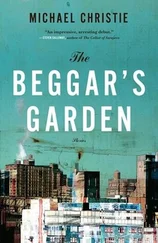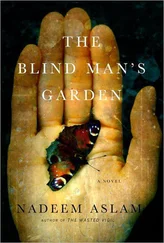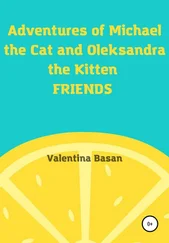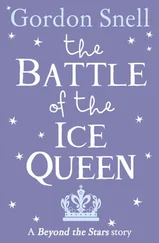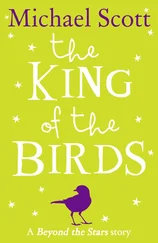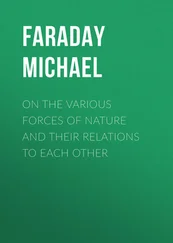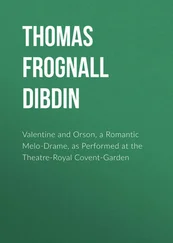It took millions of years for nature to build up an equilibrium, in which each plant and animal species has its place and in which each helps to keep the rest under control. Nothing lives alone in nature, for every creature either eats or is eaten by one or more other creatures. We have destroyed much of this delicate balance, but it is still not too late to put the process into reverse.
WHAT GOOD ARE MOSQUITOES?
This question is commonly asked by many people who have been bitten by these insects. Mosquitoes don’t do us any good, of course, but, in common with all other living things, they form part of nature’s intricate web and have a role to play in nature’s economy. From the point of view of a hungry swallow or a stickleback, mosquitoes are actually quite good!
Restoring the balance
The key thing is to live and work with nature, steering it in the direction we want in our gardens instead of destroying it completely. If we can achieve an approximation to nature’s balance of predators and prey, then no one species will be able to multiply to such an extent that it becomes a nuisance. By creating some natural habitats in your garden you will inevitably attract their characteristic wildlife. Trees and shrubs, for example, attract birds; ponds are magnets for frogs and toads; and flower beds pull in many colourful insects. These guests will add considerable interest to your garden and will also do much to keep down the less desirable visitors – the pests. They will not eradicate the pests, but the amount of damage is likely to be minimal and you will be able to boast a healthy garden with a balanced ecology.
CJ Wild bird Foods/David White
Although few of these young spiders, just hatched from their eggs, will survive to become adults, undoubtedly they will eat a lot of insects before themselves falling prey to various enemies .
A TYPICAL GARDEN FOOD WEB

Michael Chinery
CJ Wild bird Foods/David White
Colin Varndell
Moth feeds on nectar; spider eats moth; blackbird eats spider. This is a typical food chain. Another example might be plant; insect; vole; fox. Many more such chains can be observed in the garden, and it quickly becomes obvious that these chains are all linked together in a web – because most animals eat more than one kind of food. Blackbirds, for example, are equally happy with earthworms and elderberries, while the bank vole may vary its normally vegetarian diet with snails and fungi as well as insects. Just a few of the chains in a garden food web are illustrated here, with the arrows pointing from the food to the consumers. You will find that each chain starts with a plant. With each species kept in check by its predators and/or food supplies, the whole community remains in a healthy equilibrium .
Older nature books commonly listed the gardener’s friends and foes, but now that we know a lot more about the life histories of the animals and know that everything has its place in nature’s complex web, it is not so easy to pigeonhole them in this way. For example, a centipede eating a harmful slug might be regarded as a friend, but you might change your opinion on discovering that a centipede’s diet consists mainly of other centipedes. Nevertheless, it is still possible to recognize some positively useful creatures – friends – which should be welcomed into the garden and some without which our gardens would be better off. These are the pests that eat our crops and spread diseases and they must be discouraged if not actually destroyed.
FRIEND OR FOE?
This simple, although not infallible, rule of thumb may help you to decide which are the goodies and which are the not-so-good. Fast-moving garden creatures are generally predators and on your side, whereas slow-moving creatures tend to be herbivores and are thus often harmful in the garden.
 Ground beetlesThese long-legged, fast-moving insects are most likely to be found lurking under logs and stones. They hunt by night, destroying slugs and many harmful caterpillars.
Ground beetlesThese long-legged, fast-moving insects are most likely to be found lurking under logs and stones. They hunt by night, destroying slugs and many harmful caterpillars.
Michael Chinery
Long, sensitive antennae enable the ground beetle to track down its prey at night .
 LacewingsIn spite of their fragile appearance, the lacewings are voracious carnivores, destroying hundreds or even thousands of greenfly during their lives.
LacewingsIn spite of their fragile appearance, the lacewings are voracious carnivores, destroying hundreds or even thousands of greenfly during their lives.

Michael Chinery
Lacewings often come to lighted windows at night; introduce them to your roses or other plants where they can eat the troublesome aphids .
HedgehogsAmong our most popular garden inhabitants, hedgehogs do good service by getting rid of slugs and snails, although they do destroy the useful earthworms as well.
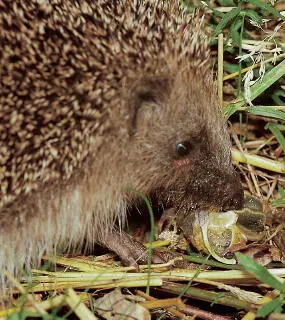
Michael Chinery
A good friend in the garden, this hedgehog is busily polishing off a snail .
LadybirdsThese attractive little beetles eat huge numbers of greenfly and other harmful aphids and are therefore among the gardener’s best friends.
 CentipedesThese fast-moving carnivores eat a wide range of other creatures, including slugs, insect grubs and other centipedes, which they kill with powerful venom. On balance, they do more good than harm, and they are certainly not dangerous to us.
CentipedesThese fast-moving carnivores eat a wide range of other creatures, including slugs, insect grubs and other centipedes, which they kill with powerful venom. On balance, they do more good than harm, and they are certainly not dangerous to us.
Lily beetlesThese colourful beetles destroy the leaves and seed capsules of all kinds of lilies. What look like slimy black droppings on the plants are actually the lily beetle grubs which are covered with their own excrement.

Michael Chinery
Beautiful, but also beastly, the lily beetle must go if you value your lilies .
 AphidsThese tiny bugs occur in huge numbers and they deform many plants by sucking out the sap. They also spread numerous viruses responsible for diseases such as potato leaf roll and various mosaics. There are hundreds of species.
AphidsThese tiny bugs occur in huge numbers and they deform many plants by sucking out the sap. They also spread numerous viruses responsible for diseases such as potato leaf roll and various mosaics. There are hundreds of species.
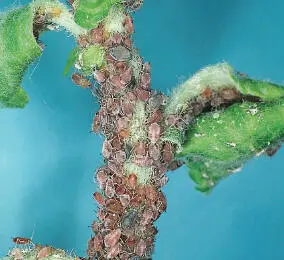
Michael Chinery
Читать дальше


 Ground beetlesThese long-legged, fast-moving insects are most likely to be found lurking under logs and stones. They hunt by night, destroying slugs and many harmful caterpillars.
Ground beetlesThese long-legged, fast-moving insects are most likely to be found lurking under logs and stones. They hunt by night, destroying slugs and many harmful caterpillars.



